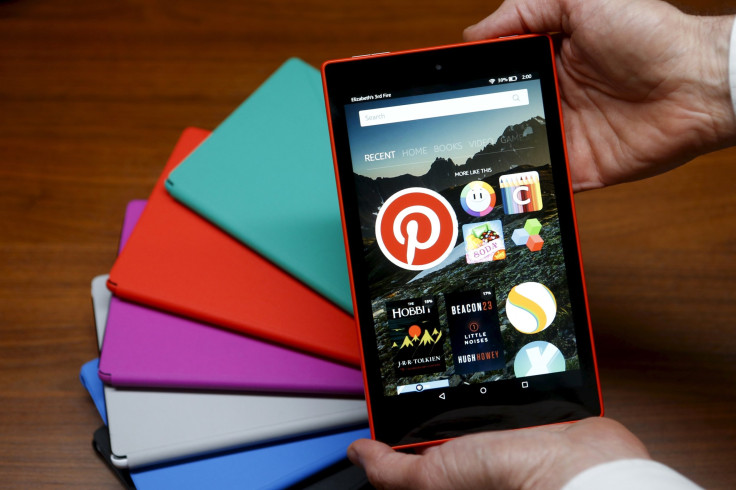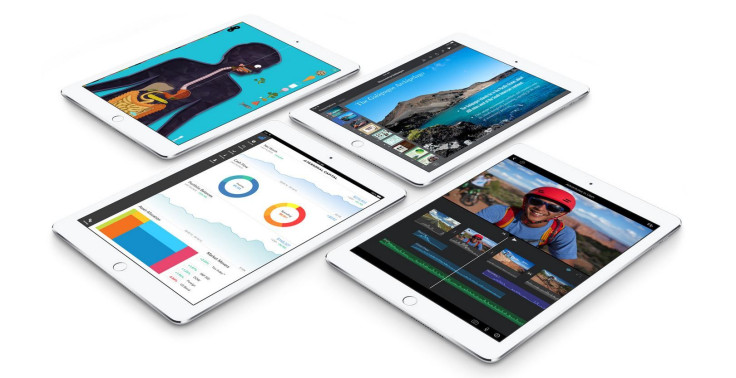Fire Tablet vs. iPad: Why Amazon’s $50 Tablet Is Betting Content Is King

Everyone knows that Apple is the only company making any real money in the smartphone business these days, and while it is making a lot less from its iPad range, it is still making more than anyone else is from tablets. That's precisely why Amazon just launched a $50 Fire tablet.
Comparing Apple and Amazon’s approach to the tablet market is like comparing, well, apples and oranges. Indeed, their content and device strategies are at the opposite ends of the spectrum, as different as their respective bottom lines.
Apple sells a premium device and experience at a relatively high price with high margins, making money from both hardware and content.

Amazon is selling an ultra-budget tablet, at close to zero margin, banking on content to bring profits -- they persuade users to sign up for the $99 Prime service, giving them access to streaming music and video services on the tablet. They're selling you a cheap razor in hopes you'll buy blades for a good long time.
To wit: Amazon booked $92 million in profit -- a rare profit, actually -- on $23 billion in revenue in the second quarter. Apple, on the other hand, reported a net profit of $10.7 billion on $49.6 billion in revenue. It's a tale of two tech giants, one that makes gobs of profit and one that makes hardly any. But who will win long-term?
Loss Leaders
This approach is not new for Amazon. The company has been selling its Kindle e-reader at close to cost price for almost eight years now, yet it is a huge success for the company, allowing them to sell millions of e-books. It also provides a lock-in to Amazon's e-commerce ecosystem, through Prime.
It has tried to do the same with its Kindle Fire tablets, launched four years ago, but with much less success.
While Amazon’s tablets are based on Android, you don’t get access to any of Google’s services such as Maps, Gmail or — crucially — the Play Store on the devices. Instead you get Amazon’s own Fire OS, which comes with access to Amazon’s own app, music and book stores, its shopping app, and access to the company’s Instant Prime video streaming service.
While Amazon’s Fire tablets to date have been priced pretty aggressively, the $50 Fire tablet takes it a step further.
At $50 Amazon lowers the barrier to purchase significantly -- so low that buying one almost becomes an impulse purchase. Amazon is betting that, as with its Kindle e-reader, tens of millions of people will look at the price and think that it’s worth taking a risk.
Amazon will hope that by appealing to the masses it will get enough people on board in sufficient numbers to generate profits from selling apps, books and videos as well as boosting its Prime subscriber numbers.
Business Model Issues
There are, however, some issues with Amazon’s business model.
Unlike the Kindle e-reader, the experience of using the new $50 tablet may not be what people are hoping for. The new Fire tablet simply cannot match the iPad in terms of build quality or the amount of tablet-optimized apps available.
In order to get people paying for content, people first have to want to use the new Fire tablet, but with Amazon’s Fire OS software not being the most intuitive, this could be an issue.
The Kindle e-reader succeeded because it did one thing brilliantly: It allowed users to carry around a whole library while only needing to be charged once a month. While Amazon may get a lot of people to buy the inexpensive Fire tablet, the real challenge will be keeping them long enough to sell them mega-content.
© Copyright IBTimes 2024. All rights reserved.






















